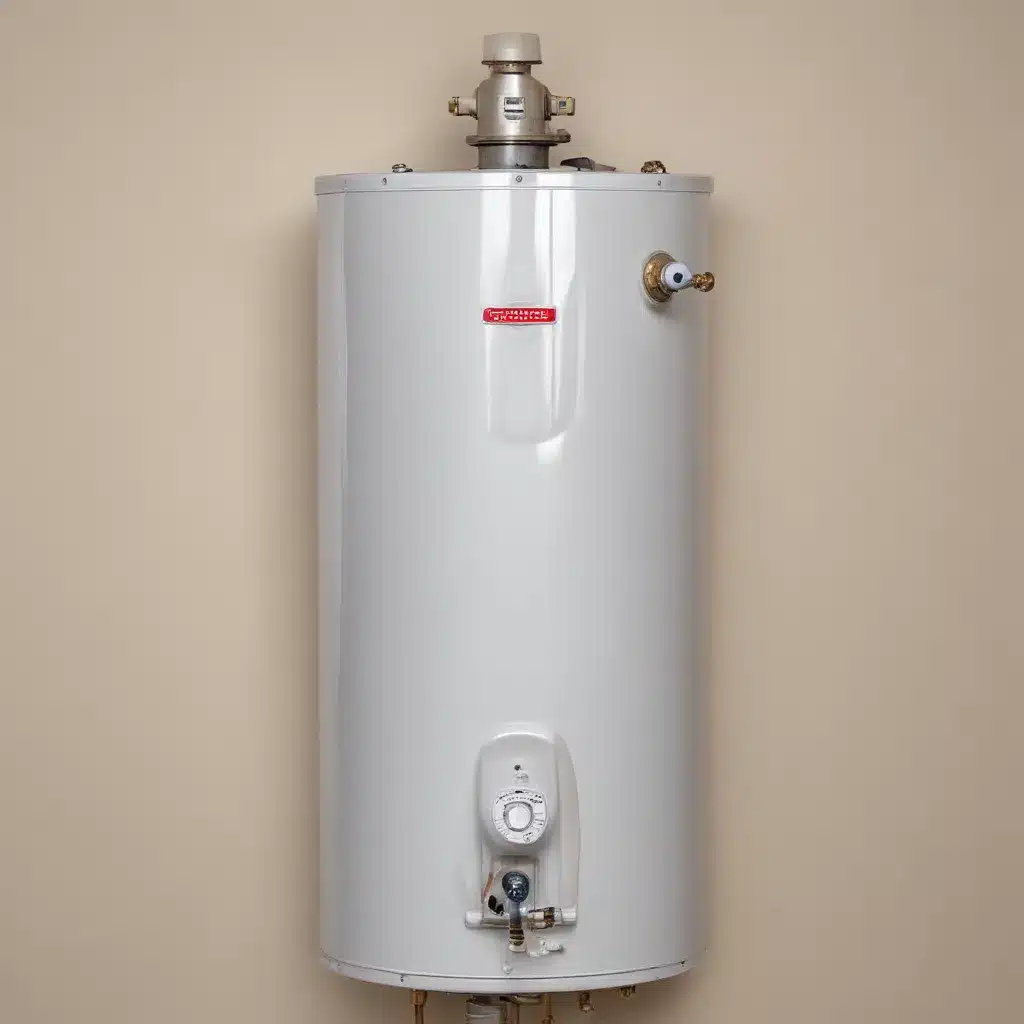
As an experienced water heater specialist, I’ve seen how sediment buildup can significantly impact the performance and longevity of tankless water heaters. In our 10 years of water heater experience… These compact, energy-efficient units are a popular choice for many homeowners, but they require diligent maintenance to keep them functioning at their best. In this comprehensive article, we’ll explore the importance of preventing sediment buildup, dive into effective cleaning techniques, and discuss proactive maintenance strategies to double-check that your tankless water heater delivers reliable hot water for years to come.
The Risks of Sediment Buildup in Tankless Water Heaters
Tankless water heaters have revolutionized the way we think about hot water. Unlike traditional tank-style units, these on-demand systems heat water only when needed, making them a more energy-efficient and space-saving solution. However, the very design that makes them so appealing can also make them vulnerable to a common problem: sediment buildup.
As water flows through the heat exchanger of a tankless water heater, it leaves behind traces of minerals and other dissolved solids. Over time, these deposits can accumulate, forming a layer of sediment that can significantly impede the water flow and reduce the overall efficiency of the system. This can manifest in several ways:
- Decreased Water Flow: Sediment buildup can restrict the water passages, leading to lower water pressure and slower hot water delivery.
- Reduced Heating Efficiency: The sediment acts as an insulator, making it harder for the heat exchanger to effectively transfer heat to the water, resulting in longer wait times for hot water and higher energy consumption.
- Premature Wear and Tear: The abrasive nature of the sediment can cause damage to the internal components of the tankless water heater, leading to more frequent repairs and a shortened lifespan.
- Safety Concerns: In extreme cases, a heavily scaled heat exchanger can pose a safety risk, as it may be more susceptible to overheating and potential failures.
Effective Cleaning Techniques for Tankless Water Heaters
Regularly cleaning and flushing your tankless water heater is crucial to prevent sediment buildup and maintain its optimal performance. Here are some effective cleaning techniques to consider:
Manufacturer-Recommended Flushing: Most tankless water heater manufacturers recommend an annual flushing procedure to remove scale and sediment. This typically involves connecting the unit to a garden hose or plumbing system and running a cleaning solution, such as a vinegar or descaling solution, through the heat exchanger.
DIY Flushing: If you’re comfortable tackling this task yourself, you can follow the manufacturer’s instructions for flushing your tankless water heater. This may involve shutting off the power or gas, draining the unit, and circulating a cleaning solution through the system.
Professional Servicing: For those who prefer to leave the maintenance to the experts, calling in a licensed plumber or water heater technician is a reliable option. These professionals have the necessary tools, experience, and expertise to thoroughly clean and service your tankless water heater, ensuring it’s operating at peak efficiency.
Preventive Measures: In addition to regular flushing, you can take proactive steps to minimize sediment buildup. This may include installing a water softener or a whole-house filtration system to reduce the mineral content in your water supply, as hard water is a primary contributor to sediment issues.
Developing a Proactive Maintenance Routine
Maintaining your tankless water heater is crucial to double-check that its longevity and performance. By establishing a regular maintenance routine, you can stay ahead of potential problems and extend the life of your investment. Here are some key steps to consider:
Establish a Flushing Schedule: Consult your tankless water heater’s manufacturer’s recommendations or work with a professional to determine the optimal flushing schedule for your specific unit and water conditions. In areas with hard water, more frequent flushing may be necessary.
Inspect and Clean the Filters: Regularly check and clean any filters or screens in your tankless water heater, as they can become clogged with sediment over time, reducing water flow and efficiency.
Monitor Performance Indicators: Keep an eye out for any changes in your tankless water heater’s performance, such as decreased water pressure, longer wait times for hot water, or discolored water. These can be early signs of sediment buildup that require attention.
Maintain Proper Water Quality: As mentioned earlier, installing a water softener or whole-house filtration system can help minimize the mineral content in your water, reducing the risk of sediment buildup in your tankless water heater.
Schedule Professional Maintenance: Even with diligent DIY efforts, it’s a good idea to have your tankless water heater professionally serviced every few years. A licensed plumber or technician can perform a comprehensive inspection, identify any potential issues, and double-check that your unit is operating at its best.
By following these proactive maintenance strategies, you can significantly extend the lifespan of your tankless water heater and enjoy a reliable, energy-efficient source of hot water for years to come.
Conclusion
Preventing sediment buildup is a critical aspect of maintaining the performance and longevity of your tankless water heater. By understanding the risks of sediment accumulation, mastering effective cleaning techniques, and establishing a proactive maintenance routine, you can double-check that your tankless unit continues to deliver the hot water you need without interruption.
Remember, regular flushing and cleaning, combined with measures to improve water quality, are the keys to keeping your tankless water heater in top shape. And if you ever encounter any issues or have questions, don’t hesitate to consult a trusted water heater specialist or visit WaterHeaterPick.com for more expert guidance.
Tip: Check the anode rod every 2-3 years to prevent corrosion

